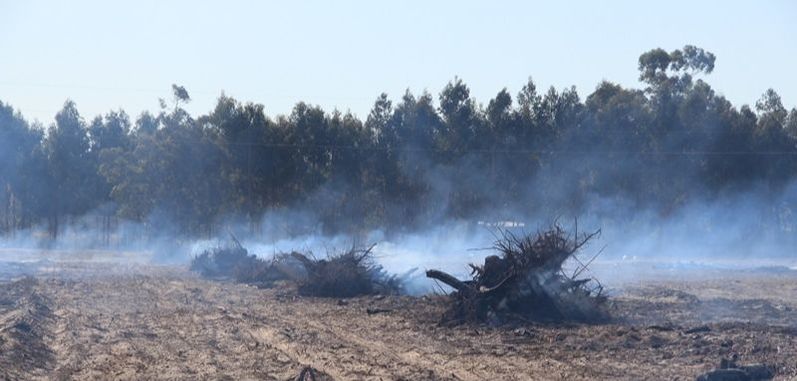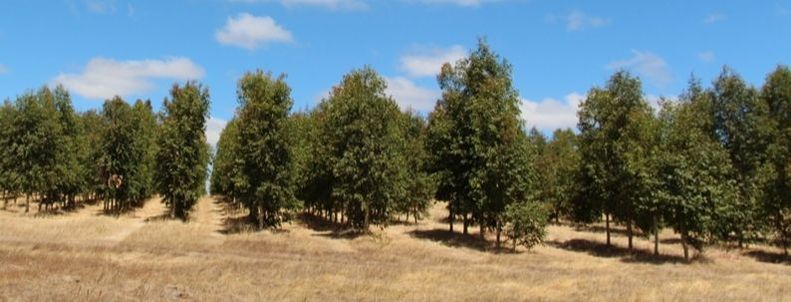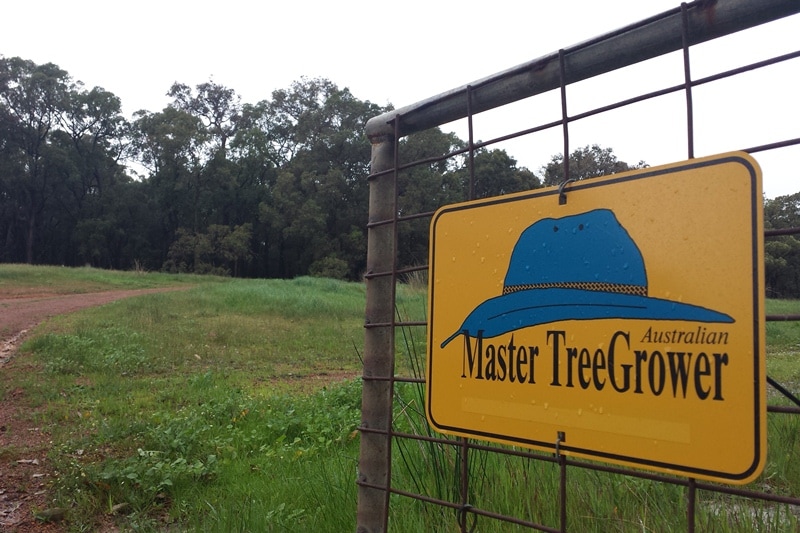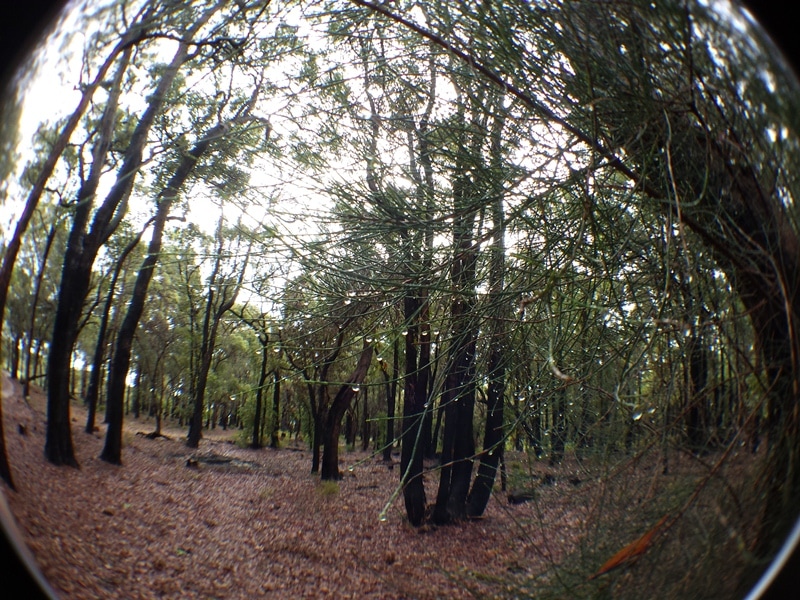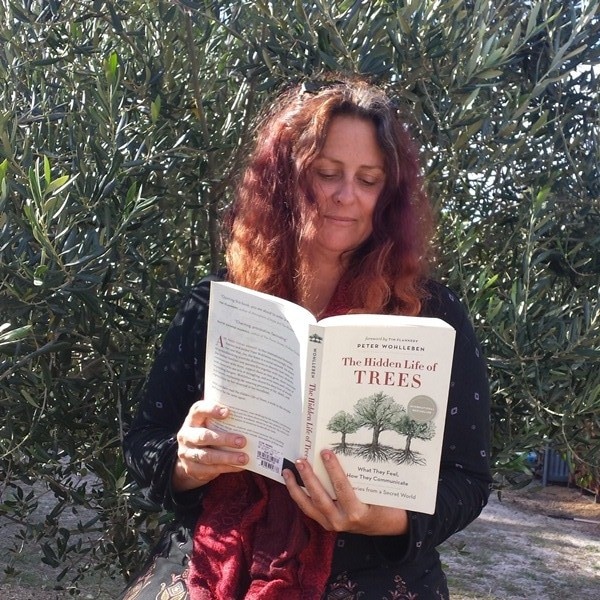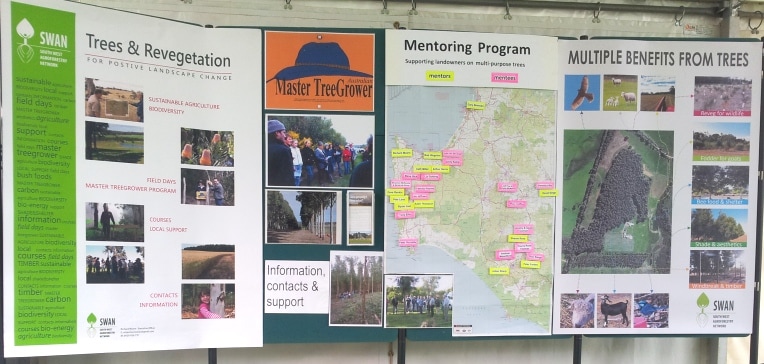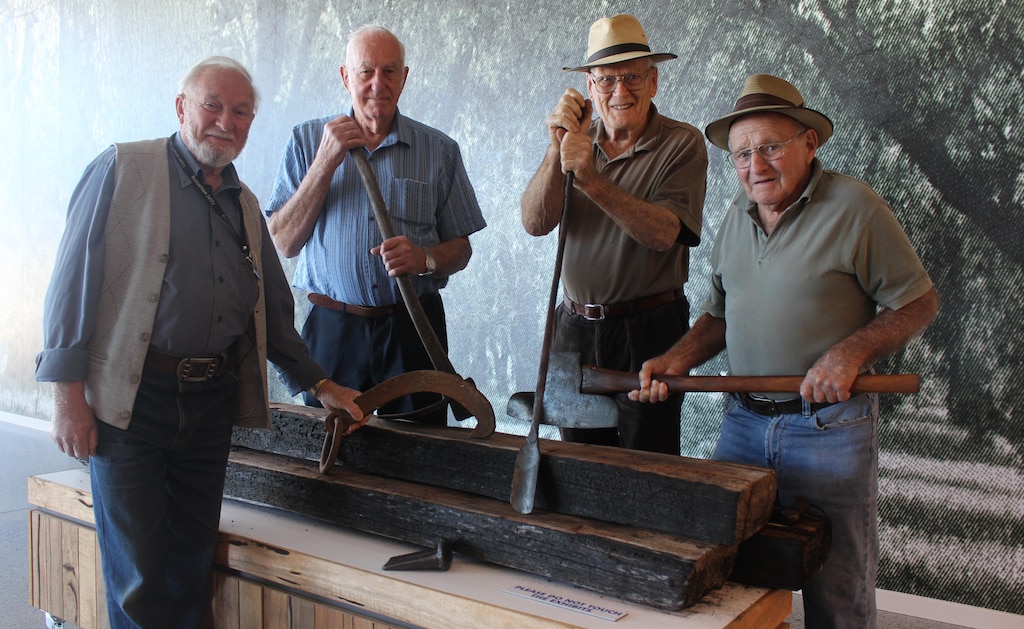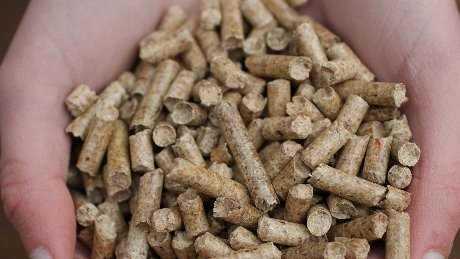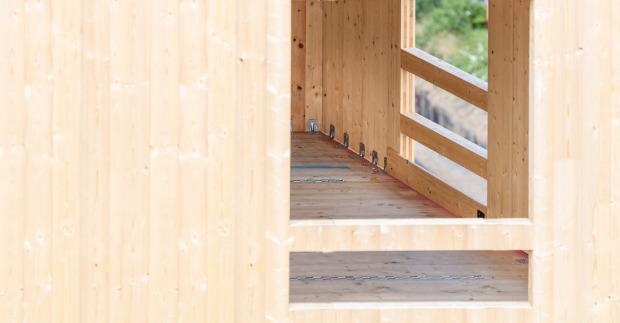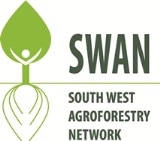Landholders face some serious issues after bluegums are harvested. Will they "go round again" plant a different species? manage coppice? replant? remove? return to grazing land? return to cropping land?
SWAN is hosting a field day - 9.30am - 3pm - on 6th May to look at some of these issues. A large area of bluegums on land leased by WAPRES on Wirring Road has been harvested and subdivided.
The various owners have different priorities and have followed different paths which makes it an ideal setting for sharing ideas. Four of the landholders have generously offered to share their stories.
In addition, we will have a spokesperson talking about the Forests for Life proposal and Per Christensen from the Blackwood Basin Group outlining their Pine and Cockatoo initiative. See flyer for full program
Meeting - 9.30am at 444 Tanah Marah Rd, Margaret River. (5km south of Cowaramup and 6km north of Margaret River on the Bussell Hwy.)
Registration (includes morning tea and lunch) $40 per person ($30 for members) & ½ price for kids. Pay on the day.
RSVP – by 1st May for catering purposes
mob. 0429 926 731, email. [email protected]
SWAN is hosting a field day - 9.30am - 3pm - on 6th May to look at some of these issues. A large area of bluegums on land leased by WAPRES on Wirring Road has been harvested and subdivided.
The various owners have different priorities and have followed different paths which makes it an ideal setting for sharing ideas. Four of the landholders have generously offered to share their stories.
In addition, we will have a spokesperson talking about the Forests for Life proposal and Per Christensen from the Blackwood Basin Group outlining their Pine and Cockatoo initiative. See flyer for full program
Meeting - 9.30am at 444 Tanah Marah Rd, Margaret River. (5km south of Cowaramup and 6km north of Margaret River on the Bussell Hwy.)
Registration (includes morning tea and lunch) $40 per person ($30 for members) & ½ price for kids. Pay on the day.
RSVP – by 1st May for catering purposes
mob. 0429 926 731, email. [email protected]
